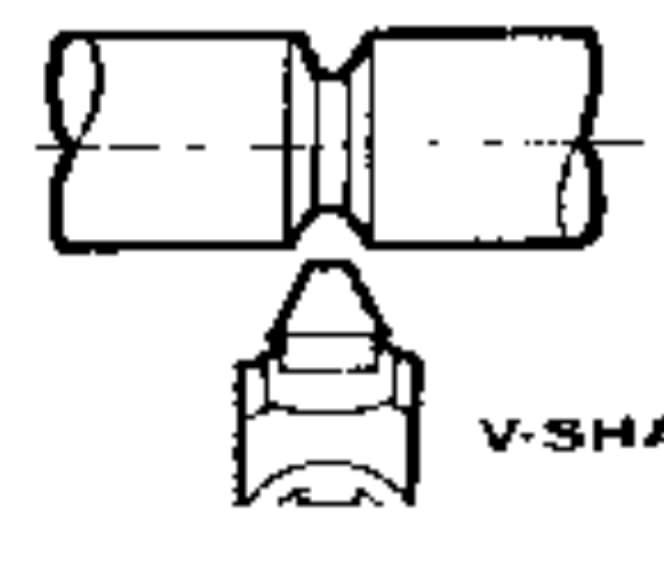Hi all, it's been a while, hope you all are doing well.
thread1103-297880 is where I learned about the problematicity of applying Position to tapered features. Dean and pmarc noted that where a position tolerance is applied to a size dimension specified on the end face of a cone, as it is done in some industries, no standard provides means for a solid interpretation of whether the whole feature is required to be within the tolerance zone or just the end face (or any other local section cut where the size is directly controlled).
Can the following be a sufficient method to dismiss the ambiguity? Profile of a Surface without datum references could control the size (and form) of the cone, and a position tolerance FCF could be placed beneath the Profile FCF, similary to fig. 8-24. This way, everyone who like bonus tolerances can be satisfied (whether or not the same "bonus" for manufacturing can be achieved by other means and if it's truly beneficial here over composite profile is s topic for a completely different (old) discussion).
Everyone's input will be highly appreciated.
thread1103-297880 is where I learned about the problematicity of applying Position to tapered features. Dean and pmarc noted that where a position tolerance is applied to a size dimension specified on the end face of a cone, as it is done in some industries, no standard provides means for a solid interpretation of whether the whole feature is required to be within the tolerance zone or just the end face (or any other local section cut where the size is directly controlled).
Can the following be a sufficient method to dismiss the ambiguity? Profile of a Surface without datum references could control the size (and form) of the cone, and a position tolerance FCF could be placed beneath the Profile FCF, similary to fig. 8-24. This way, everyone who like bonus tolerances can be satisfied (whether or not the same "bonus" for manufacturing can be achieved by other means and if it's truly beneficial here over composite profile is s topic for a completely different (old) discussion).
Everyone's input will be highly appreciated.

